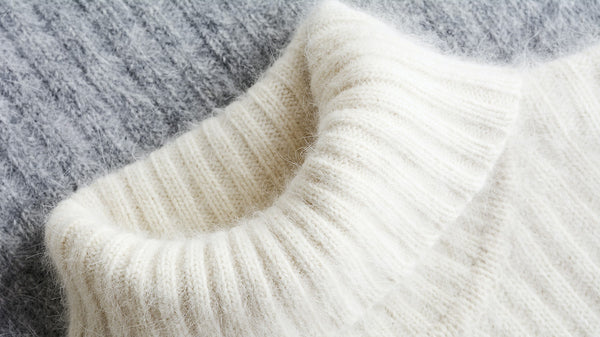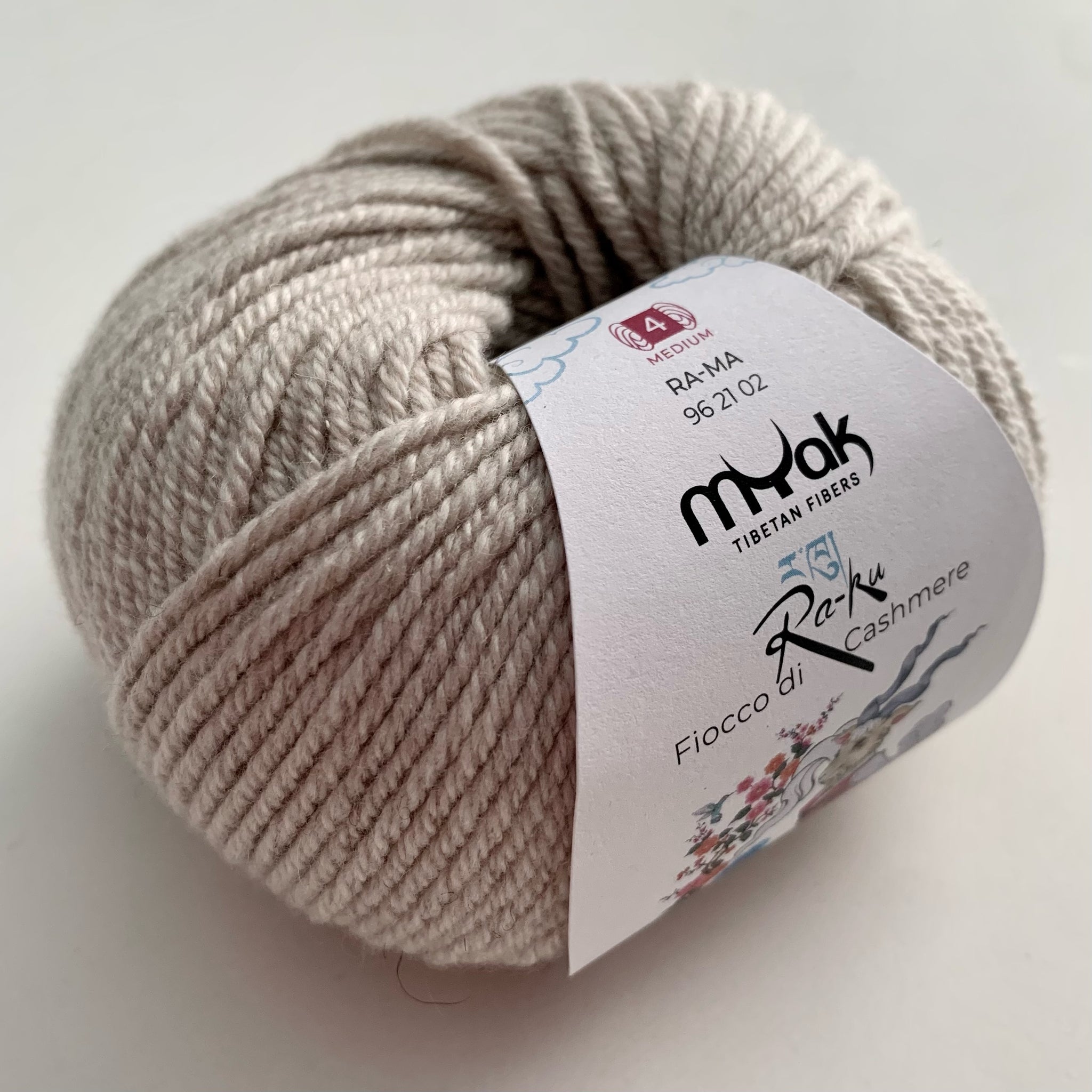Recognizing the Different Sorts Of Cashmere a Natural Fiber and Their Distinct Advantages

The Beginnings of Cashmere: A Historic Review
While the glamorous touch of cashmere proceeds to charm modern customers, its origins map back to the severe, chilly climates of Mongolia and the Himalayas. For centuries, the native individuals of these regions have actually been elevating Capra Hircus goats, the prime resource of cashmere woollen. These goats, durable versus the extreme winter seasons, grew a great undercoat to make it through, which later became called cashmere. The name itself admires Kashmir, an area in India where the wool was initially refined. Much of the very early cashmere trade path was facilitated by the Silk Road, attaching Asia with the Middle East and Europe. Despite its worldwide spread, the finest cashmere is still believed to originate from the initial regions of Mongolia and the Himalayas.

The Production Process: From Goat to Garment
Shearing a Capra Hircus goat notes the inception of the elaborate cashmere manufacturing procedure. The resultant raw cashmere is after that cleaned to eliminate pollutants such as oil, dust, and vegetable matter.
The tidy fiber goes through coloring, spinning, and weaving, or knitting, to transform it into a textile. Facility procedures like high quality control checks and completing procedures follow, making sure completion product keeps the lavish requirement anticipated of cashmere. This meticulous process, from goat to garment, validates the high cost connected to cashmere products, making them a sign of high-end and improvement.
The Various Kinds of Cashmere: A Thorough Evaluation

The Distinct Benefits of Cashmere: Convenience and Sustainability
Moving from the range of cashmere types to the benefits they supply, comfort and sustainability stand out plainly. Cashmere, a natural fiber, is renowned for its exceptional softness, providing a level of convenience that artificial fibers can't match.
When it pertains to sustainability, cashmere is sustainable and eco-friendly, as it's collected from cashmere goats that regrow their coats each year. what is cashmere. Unlike synthetic fibers which can take centuries to decompose, cashmere's impact on the setting is minimal. This combination of comfort and sustainability makes cashmere a beneficial choice for conscious consumers

Caring for Your Cashmere: Maintenance and Conservation Tips
While cashmere is undoubtedly a lasting and elegant selection, it requires specific care to keep its top quality and prolong its lifespan. To begin, cashmere ought to be hand washed utilizing cool water and a mild detergent. Prevent wringing the garment or twisting as it can harm the fibers. Rather, delicately eject excess water and lay it level on a towel to completely dry. Cashmere items should be saved in a dry and amazing area, away from direct sunlight and wetness. Making use of moth repellents can protect these garments from possible damage. Finally, it's suggested to avoid hanging cashmere to stop extending. Rather, layer and shop them properly to keep their shape and high quality over time.
Buying Cashmere: Recognizing Its Value and Well Worth
Although cashmere may at first look like an expensive financial investment, its lasting value and worth become evident when you consider its exceptional top qualities. Understood for its unequaled soft qualities and warmth, cashmere is a costs natural fiber that surpasses other products. Its high need and restricted supply contribute to its high rate, but its toughness guarantees it lasts for many years, providing exceptional value for money. Cashmere pieces are content ageless, commonly ending up being heirlooms passed down through generations. what is cashmere. Its natural insulating residential or commercial properties provide warmth without the bulk of artificial fibers. Investing in cashmere, consequently, is not practically current fashion fads, however about accepting a lasting, resilient, and luxurious way of life.
Final Thought
In recap, the kind of cashmere one picks, be it Mongolian, Chinese, or Italian, is dictated by private choices for heat, click to read sustainability, deluxe, and spending plan. Recognizing the origins, manufacturing process, and distinct advantages of different types of cashmere can direct consumers in their investment in this luxurious all-natural fiber.
Whether it's the extraordinary heat of Mongolian cashmere, the cost of Chinese cashmere, or the eco-conscious production of Italian cashmere, there's a tale to be found behind each fiber kind. Cashmere, an all-natural fiber, is renowned for its unparalleled soft qualities, giving a degree of comfort that artificial fibers can not match.When it comes to sustainability, cashmere is biodegradable and renewable, as it's harvested from cashmere goats who regrow their coats every year. Understood for its unparalleled gentleness and heat, cashmere is a costs natural fiber that outperforms various other materials. over here Understanding the origins, manufacturing procedure, and distinct advantages of different kinds of cashmere can assist consumers in their financial investment in this glamorous all-natural fiber.